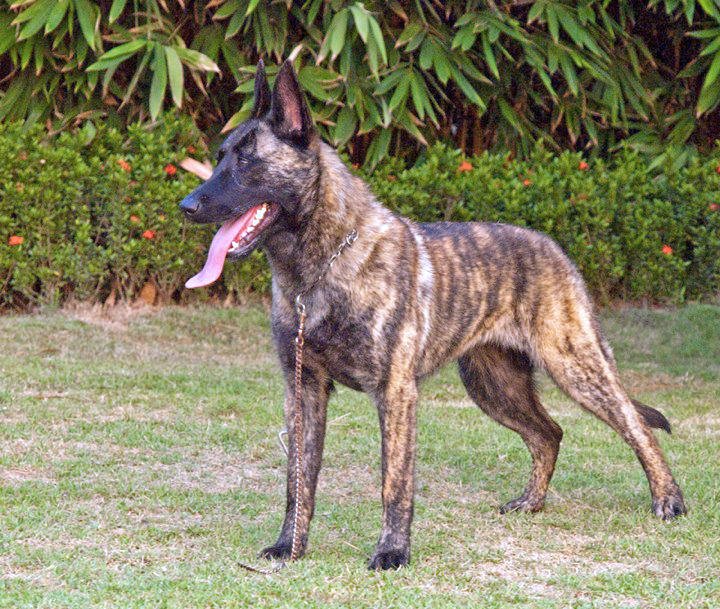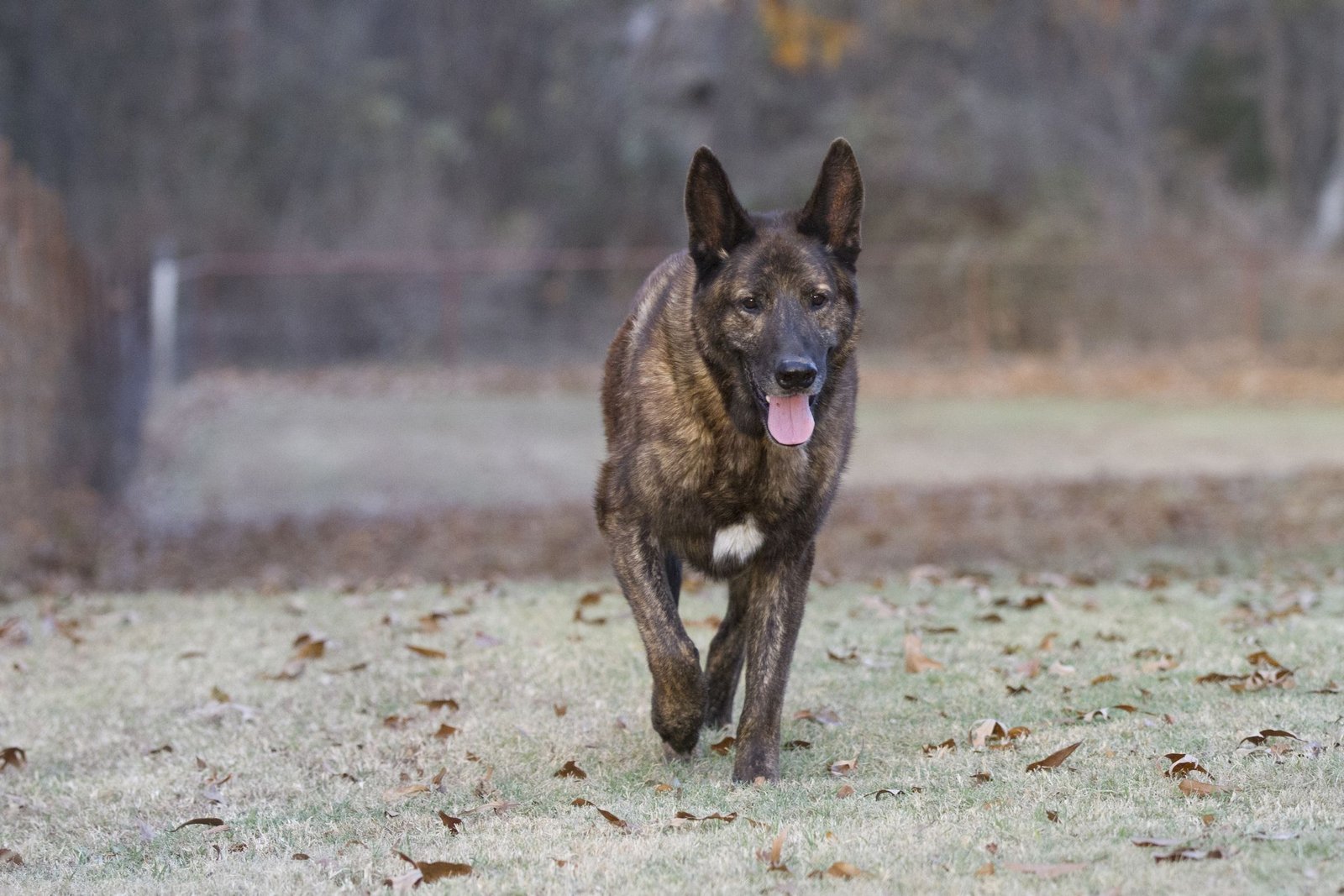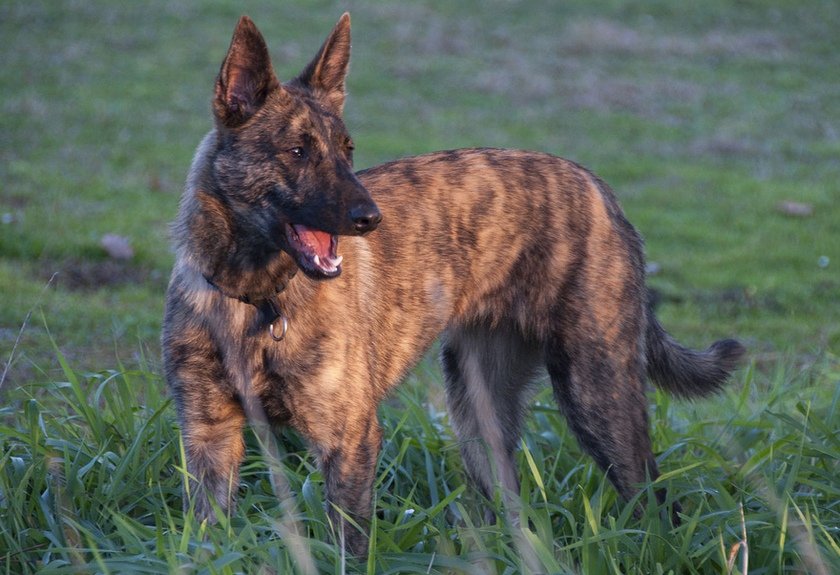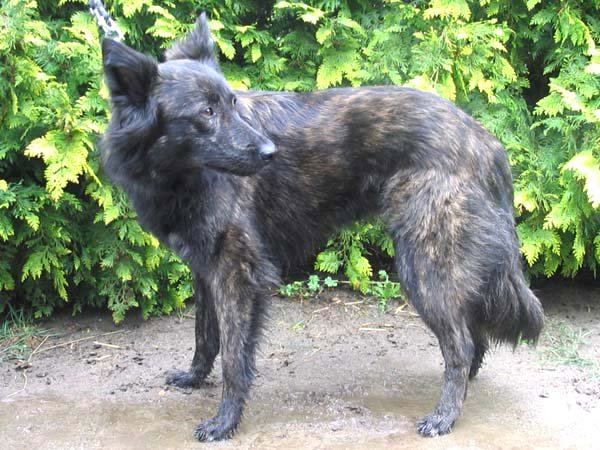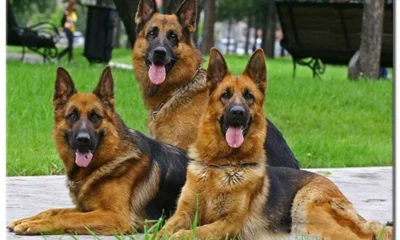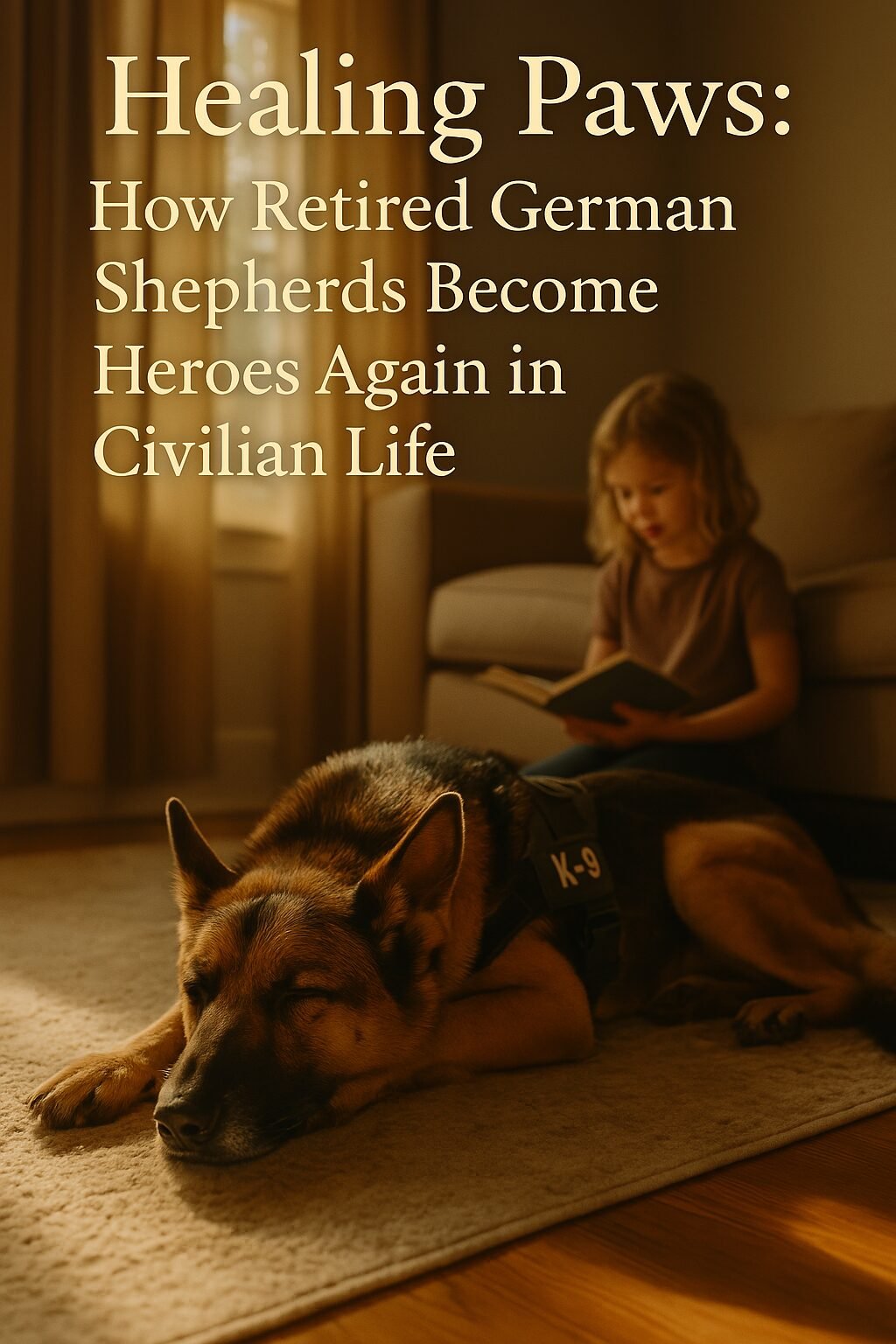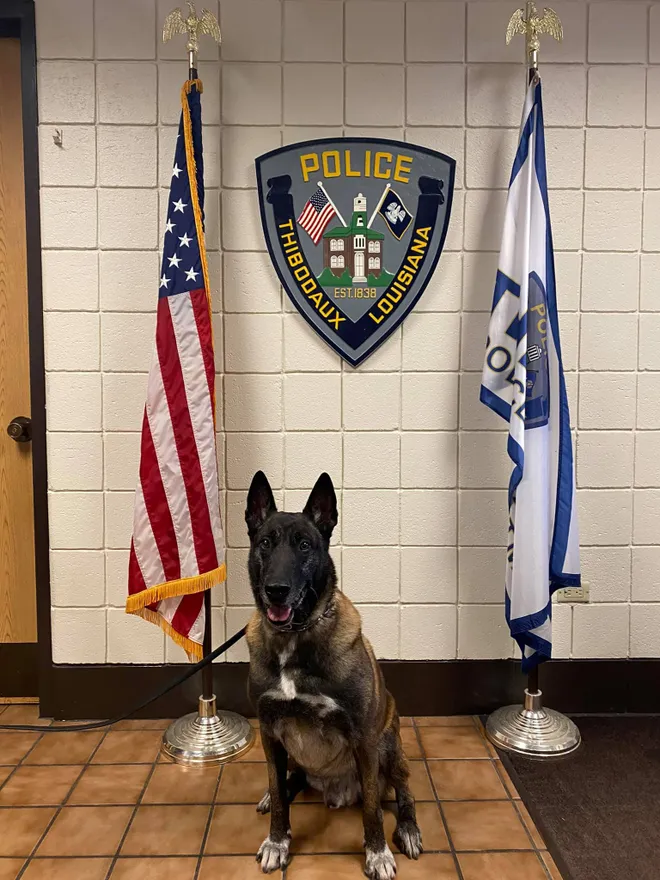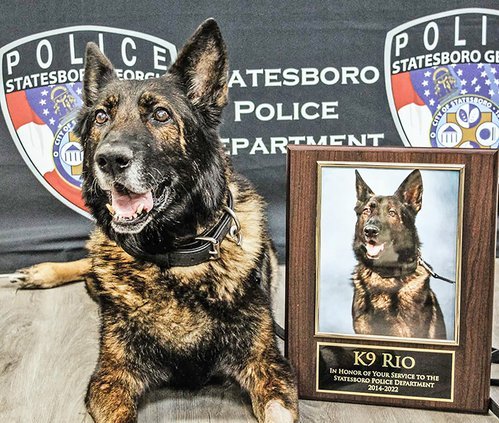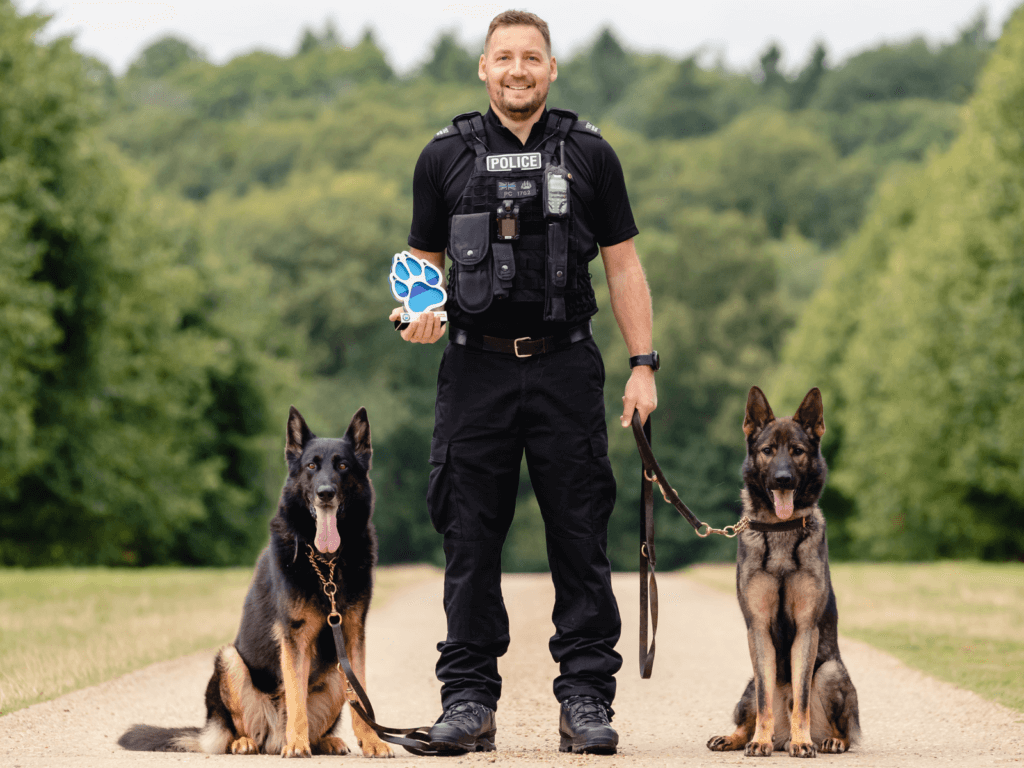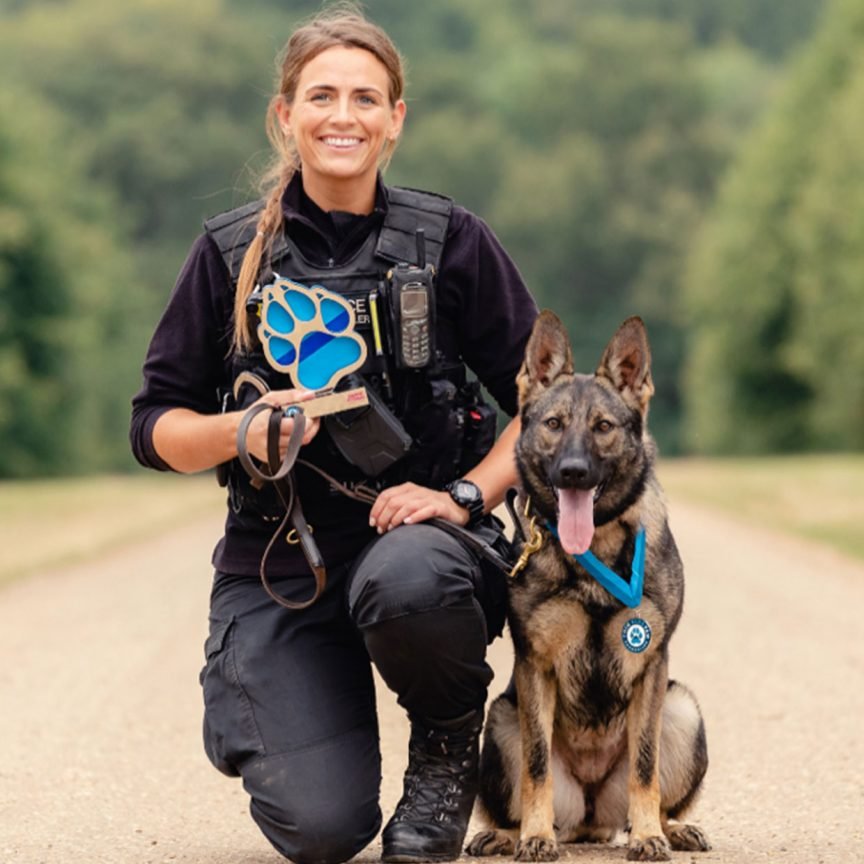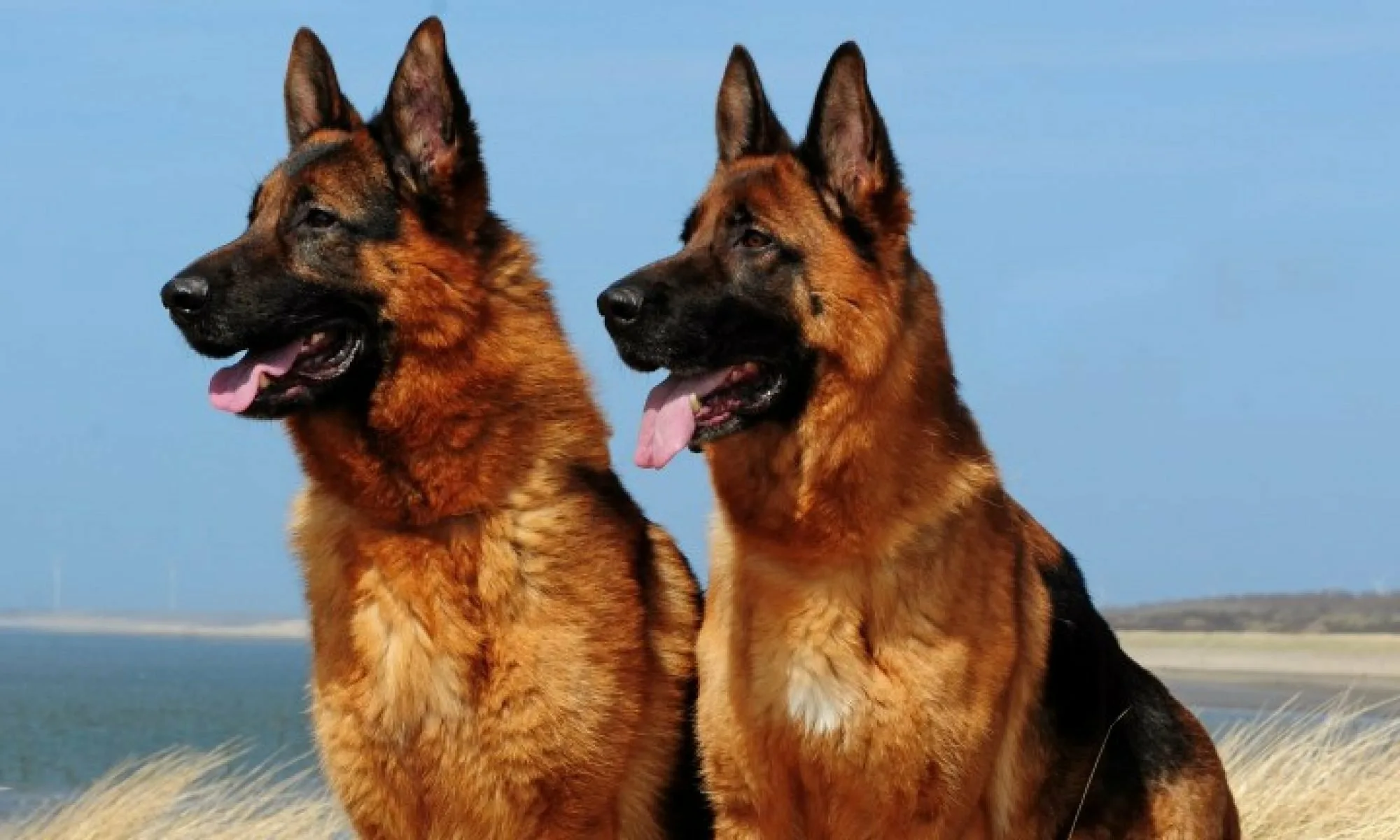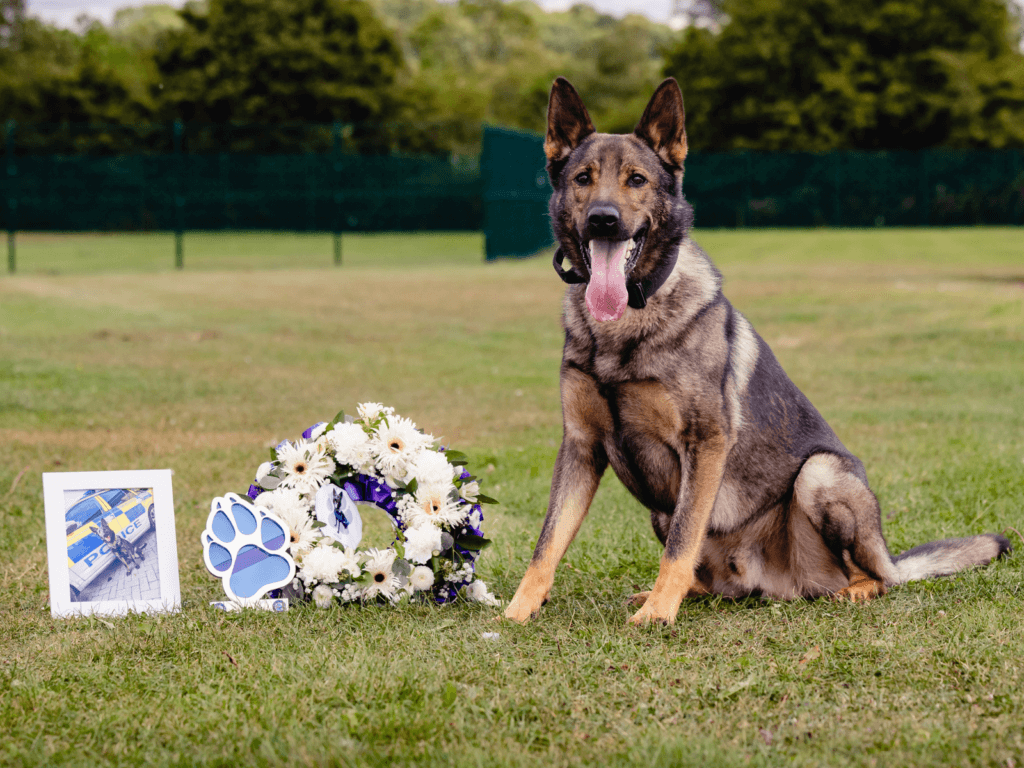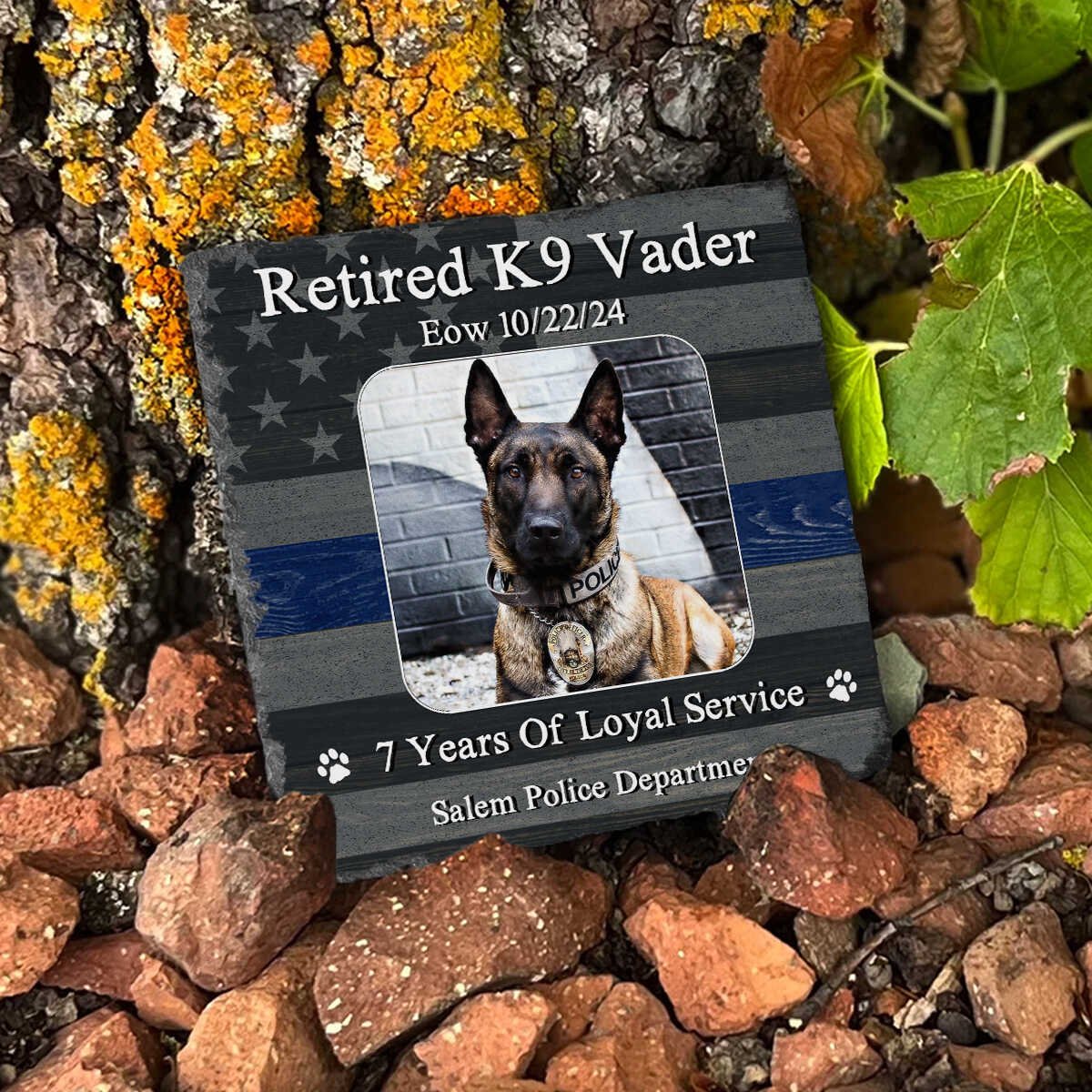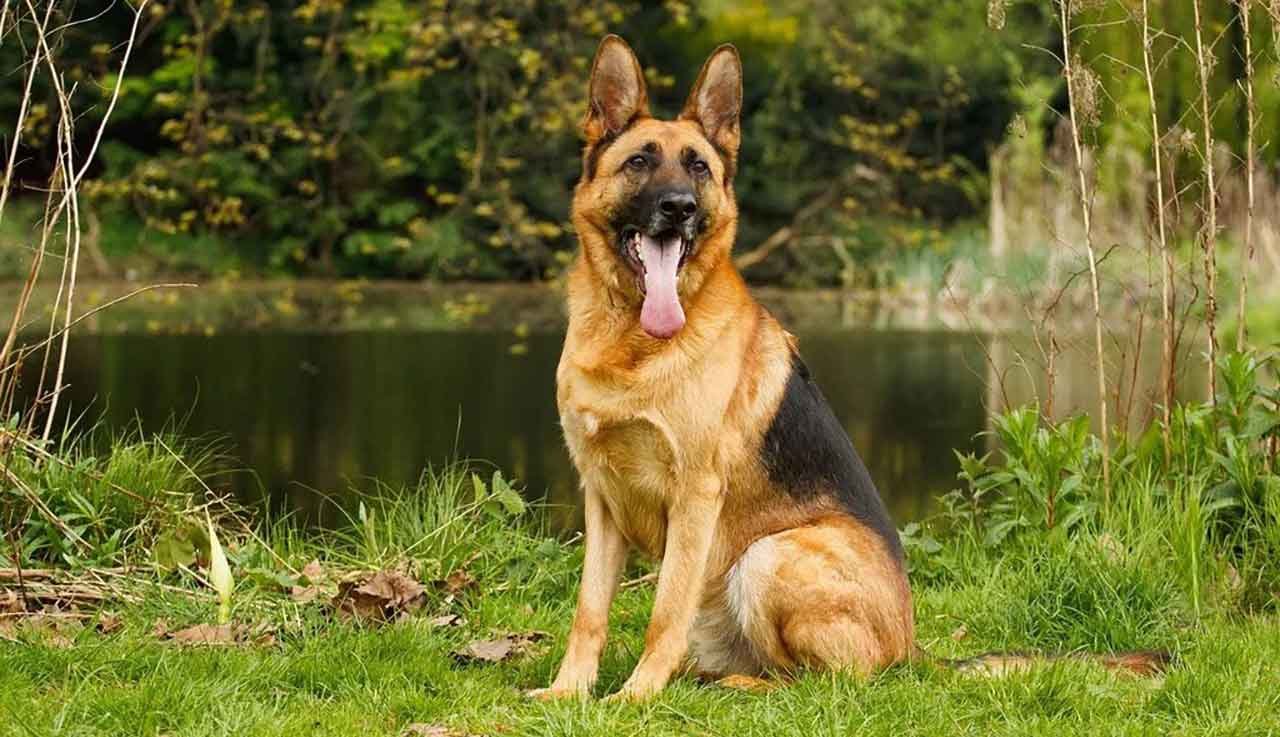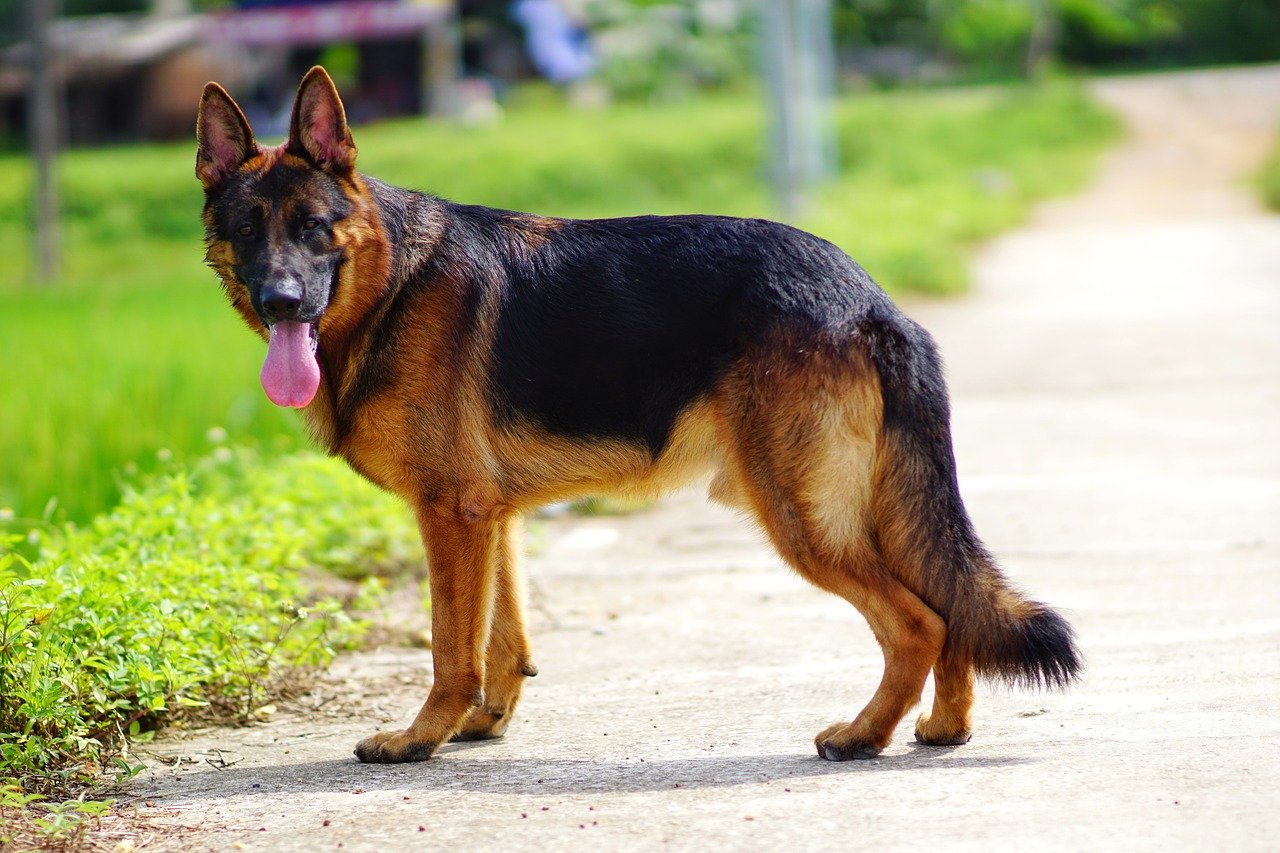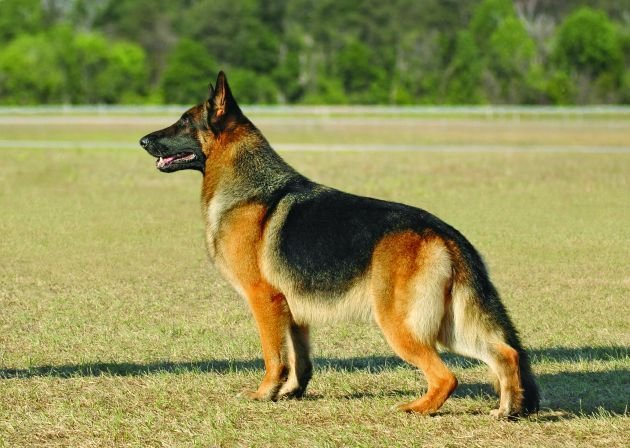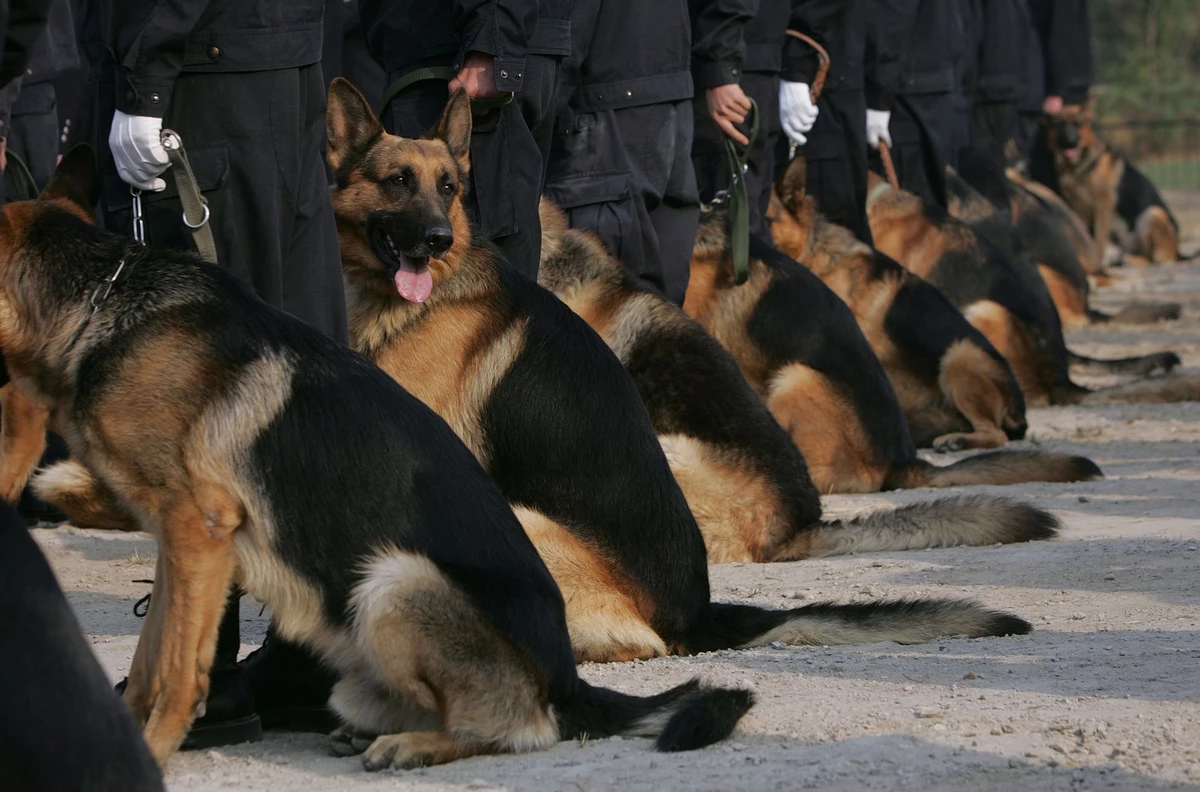Working Breeds
Brindle German Shepherd: Latest

Brindle German Shepherd:
Genetic Tables of the Breed

| Gene Name | Locus | Alleles Involved | Role in Brindle Coat | Notes |
|---|---|---|---|---|
| Agouti (A) | A Locus | ay, aw, at, a | Controls base coat color | Brindle influenced by aw allele. |
| K Locus | K Locus | Kbr, K, ky | Brindle striping pattern | Kbr allows brindle expression. |
| MC1R (E) | E Locus | E, e | Pigment intensity | e can suppress brindle pattern. |
| KITLG | Modifier Gene | Various | Influences striping intensity | Found in brindle research. |
| TYRP1 | B Locus | B, b | Black/brown pigment | No direct effect on brindle but affects color contrast. |
Weight and Height Tables

| Age (Months) | Weight Range (lbs) | Height Range (cm) |
| 3 | 15-25 | 25-35 |
| 6 | 40-55 | 45-55 |
| 12 | 65-90 | 55-65 |
| Adult (18+) | 75-95 (Male), 65-85 (Female) | 60-65 (Male), 55-60 (Female) |
Biologically Life Span Description Table

| Factor | Description |
| Average Lifespan | 10-13 years |
| Influencing Factors | Genetics, diet, exercise, and healthcare practices |
| Common Health Issues | Hip dysplasia, degenerative myelopathy, CDA |
| Longevity Practices | Regular vet check-ups, balanced diet, exercise |
Detailed Statistics of the Breed

| Attribute | Description |
| Origin | Germany |
| Coat Type | Double coat, brindle pattern |
| Temperament | Loyal, intelligent, protective |
| Trainability | High; excels in obedience and specialized tasks |
| Popularity | Growing, especially among brindle enthusiasts |
| Maintenance Level | Moderate (requires regular grooming) |
Recommended Books
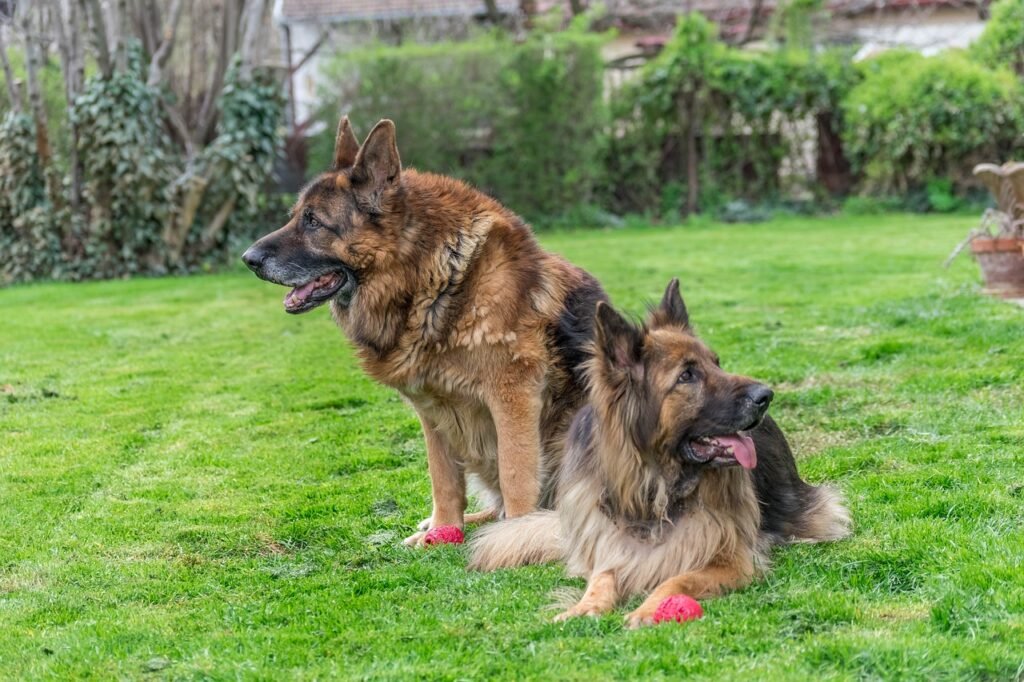
- German Shepherds for Dummies by D. Caroline Coile.
- The Art of Raising a Puppy by Monks of New Skete.
- Genetics of Dog Breeds by Susan B. Martinez.
- The German Shepherd Handbook by Linda Whitwam.
- Dog Color Genetics: A Comprehensive Guide by Heather Binns.
Detailed FAQs

1. What is the origin of the brindle German Shepherd?
Brindle German Shepherds share the same origins as the breed itself, which was developed in Germany in the late 19th century. The brindle pattern emerged as a rare genetic variation.
2. Is the brindle coat recognized by major kennel clubs?
Yes, brindle is recognized by several organizations, though it may not always be listed as a standard coat color.
3. Are brindle German Shepherds prone to specific health issues?
No, they share the same general health profile as other German Shepherds, though genetic screening is essential.
4. What is the best diet for a brindle German Shepherd?
A balanced diet with high-quality protein, omega-3 fatty acids, and essential vitamins is recommended.
5. Do brindle German Shepherds require special training?
No, they are trainable like any other German Shepherd but benefit from early socialization and consistent training.
Detailed Latest Research Summary

Recent studies have focused on:Brindle German Shepherd: Genetics, Care, and Latest Research
-
Genetics:
GWAS identified KITLG as a major gene influencing brindle patterns (Müller et al., 2022).
- Health Profiles:
No significant health disparities between brindle and non-brindle German Shepherds (Schneider et al., 2023).
-
Behavioral Correlations:
Preliminary findings show no behavioral differences linked to coat color (Garcia et al.,
2023).
- Breeding Ethics:
Emphasis on avoiding inbreeding and maintaining genetic diversity.

Working Breeds
Healing Paws: How Retired German Shepherds Become Heroes Again in Civilian Life
Working Breeds
Training for Transition: Preparing Working Dogs for Life After Service
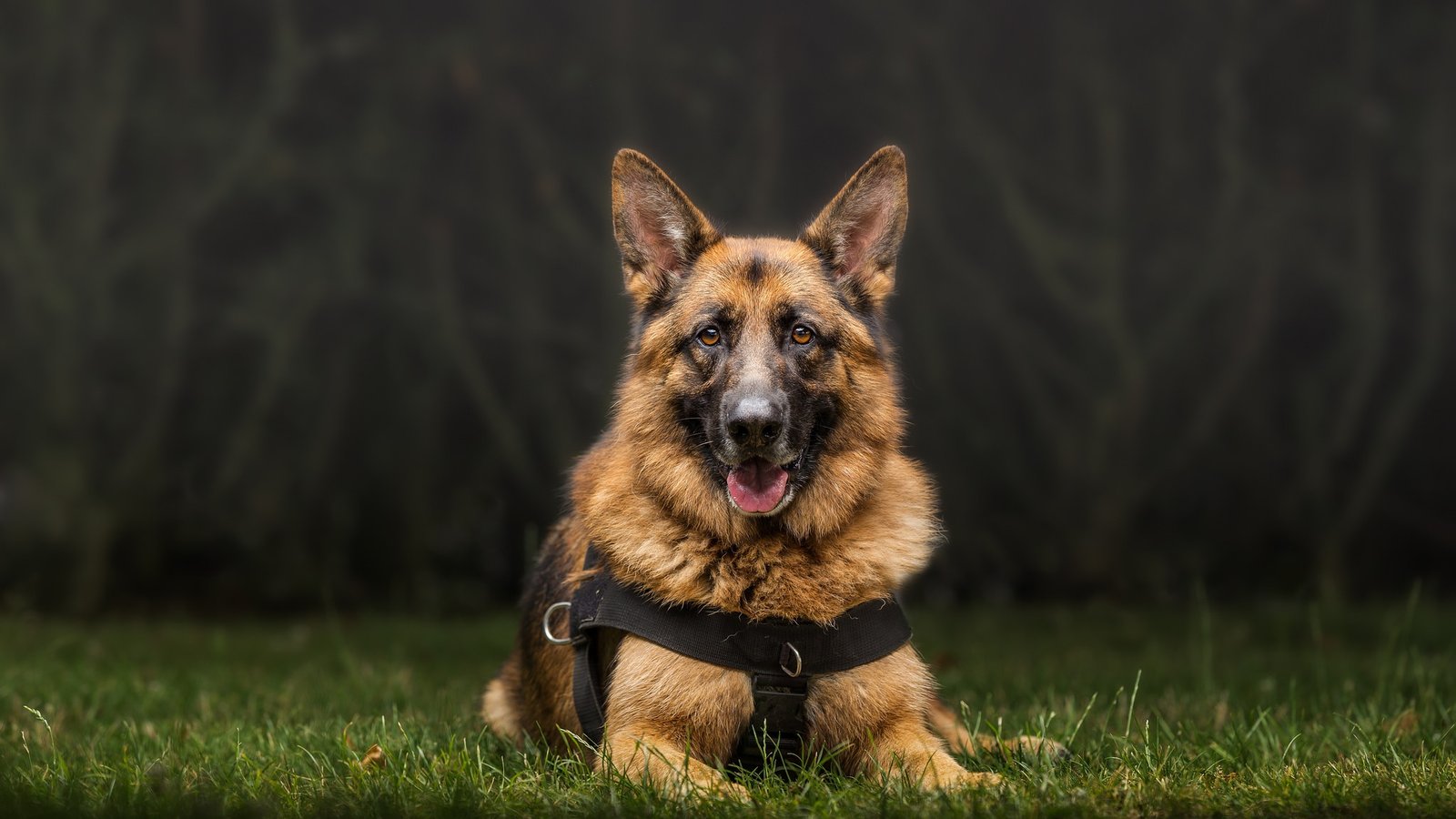
Part 12 of the German Shepherd Series on DogsReader

Training for Transition: Retired police and military German Shepherds are celebrated for their bravery, discipline, and unwavering loyalty. But when their service ends, these dogs face a new challenge: adapting to civilian life. While many transition smoothly into loving homes, others need specialized training and rehabilitation to shed the rigors of duty and embrace the comforts of family life.
This article explores what it takes to prepare a working K9 for retirement—from decompression techniques to socialization strategies—and how adopters, handlers, and organizations collaborate to give these heroes the peaceful retirement they deserve.
Subscribe to us on YouTube | Facebook | Instagram | www.dogsreader.com
The Challenges of Transition
Working dogs spend years in high-stakes environments, where their instincts are honed for detection, patrol, and apprehension. Retirement means:
- Adjusting to unstructured time – No more scheduled drills or commands.
- Reducing hyper-vigilance – Learning to relax instead of staying constantly alert.
- Socializing with civilians & pets – Many have never lived in a home or interacted with children or other animals.
Without proper preparation, some dogs struggle with anxiety, confusion, or even depression.
How Retired K9s Are Prepared for Civilian Life
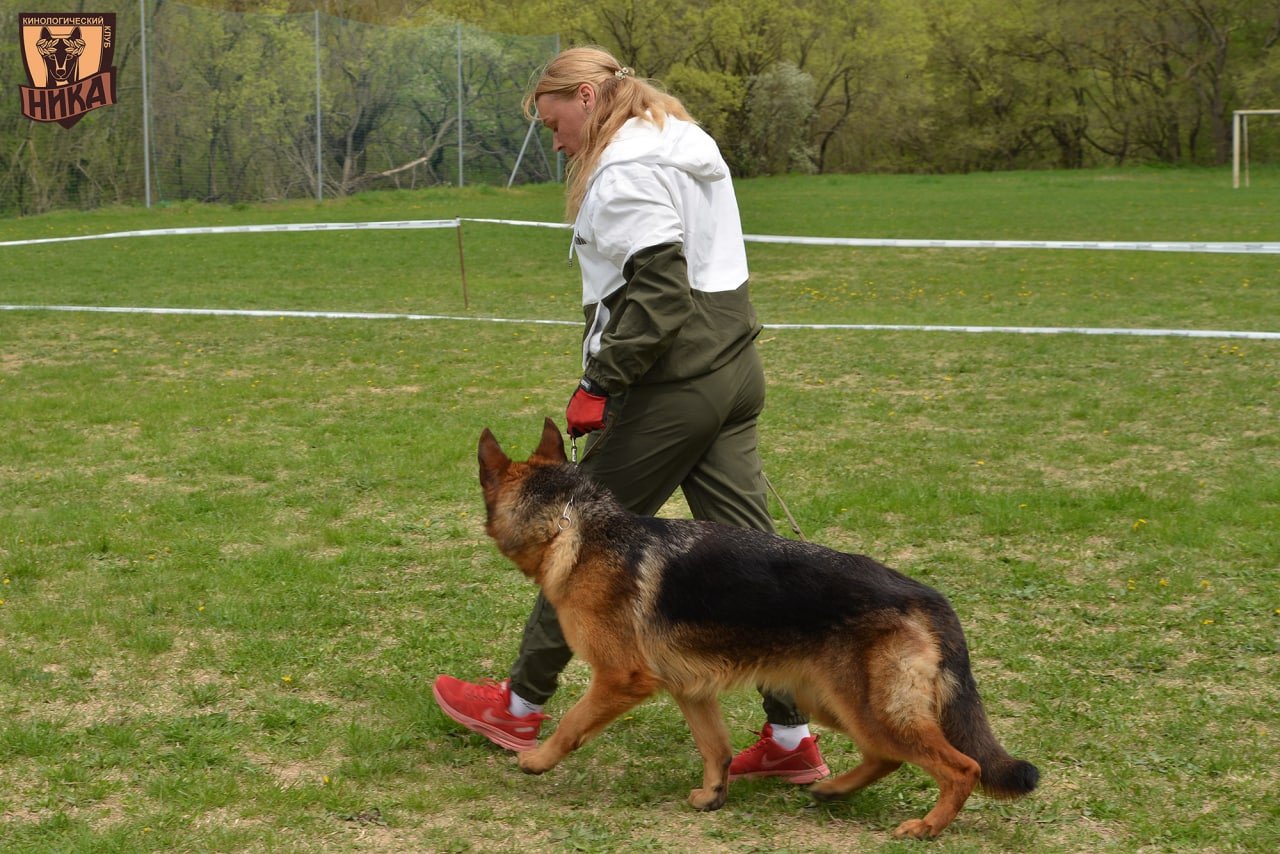
1. Decompression & Detraining
Before adoption, many retired working dogs undergo a “decompression period” where they gradually step down from high-intensity training. Handlers may:
- Replace bite work with puzzle toys.
- Reduce obedience drills in favor of free play.
- Introduce calm environments to lower stress levels.
2. Socialization Training
Since many working dogs are trained to be wary of strangers, controlled exposure is key. Rescue organizations often:
- Introduce them to friendly, unfamiliar people in low-pressure settings.
- Test their reactions to household noises (vacuum cleaners, doorbells, etc.).
- Slowly expose them to other pets if they’ll be living in a multi-animal home.
3. Handler-to-Adopter Handoff
A smooth transition depends on clear communication between the dog’s former handler and new family. Many programs include:
- Detailed behavioral assessments – Identifying triggers (e.g., loud noises, sudden movements).
- Trial periods – Ensuring the dog and family are a good fit before finalizing adoption.
- Ongoing support – Some organizations offer post-adoption training consultations.
Success Stories: From Duty to Domestic Bliss

- Rex, a former patrol dog, initially struggled with relaxation. His adopters used scent games (a familiar skill) to redirect his focus, and within months, he became a gentle companion.
- Lena, an explosives detection K9, was fearful of household appliances. Through gradual exposure, she learned to ignore blenders and washing machines—and now naps through vacuuming.
How Adopters Can Help
If you’re considering adopting a retired working dog:
Be patient – Transitioning can take weeks or months.
Provide structure – Maintain routines for feeding and exercise.
Use positive reinforcement – Reward calm behavior, not just obedience.
Stay in touch with trainers – Many groups offer lifelong support.
Closing Statement
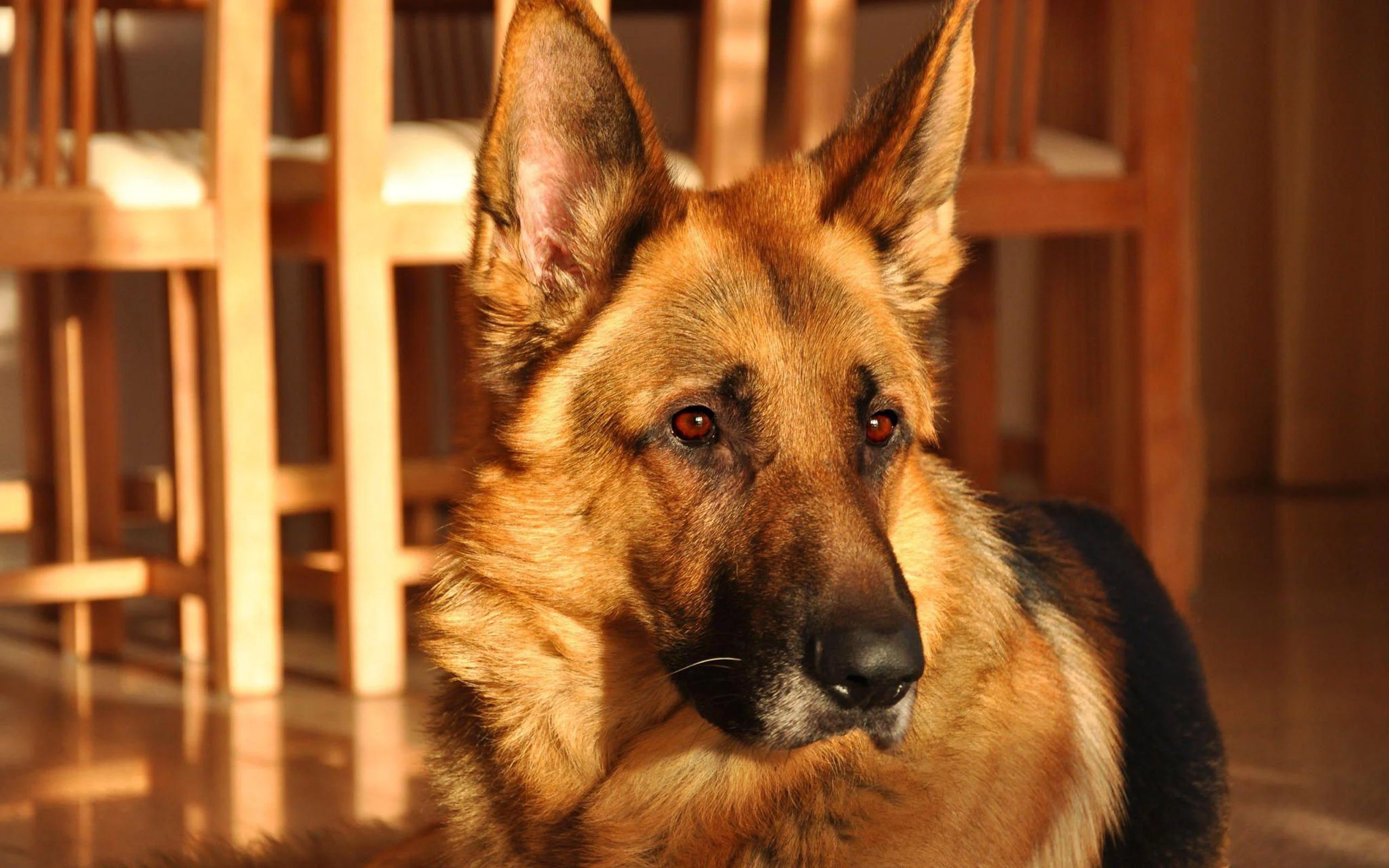
Retirement should be a reward—not a struggle—for dogs who’ve spent years in service. With the right training and support, these intelligent, loyal animals can thrive in their new roles as beloved family members.
Interested in adopting a retired K9? Reach out to organizations like Mission K9 Rescue or Save a Vet to learn more about available dogs and their needs.
You Might Also Like:
- “From Duty to Family: How Retired Police & Military German Shepherds Find New Purpose”
- “The Science Behind a Working Dog’s Training: What Makes Them So Exceptional?”
Frequently Asked Questions (FAQs)

1. How long does it take for a retired working dog to adjust to home life?
The adjustment period varies—some dogs adapt within weeks, while others may need several months. Factors like the dog’s age, length of service, and temperament play a role. Patience and consistency are key.
2. Are retired police/military dogs aggressive?
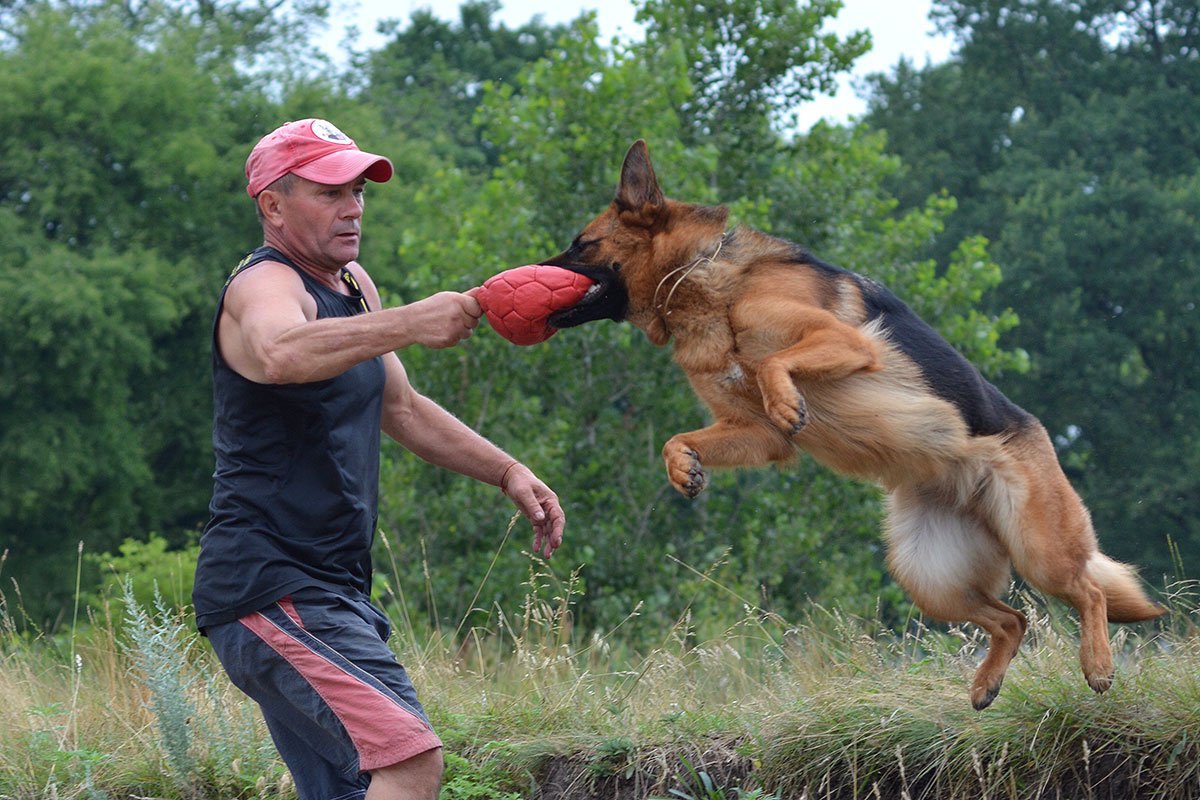
Not inherently. These dogs are trained to follow commands precisely, but they may have heightened instincts (e.g., suspicion of strangers). Proper decompression and socialization usually mitigate any unwanted behaviors.
3. Can retired K9s live with children or other pets?
Many can, but introductions should be slow and supervised. Some dogs adapt quickly, while others may need ongoing training. Organizations typically assess a dog’s compatibility before adoption.
4. Do retired working dogs need special medical care?
They may have wear-and-tear injuries (e.g., hip dysplasia, arthritis) from their service. Adopters should budget for potential vet visits and consider pet insurance.
5. What’s the best way to train a retired K9 at home?
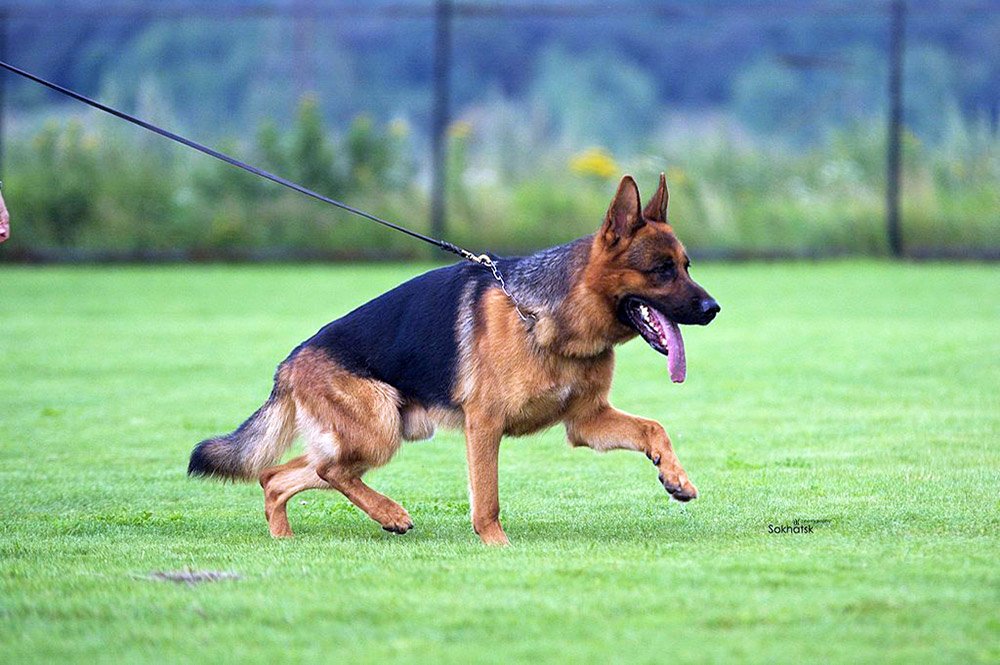
- Use positive reinforcement (treats, praise) rather than harsh corrections.
- Keep training sessions short to avoid frustration.
- Incorporate mental stimulation (scent games, puzzles) to replace their “job.”
6. Where can I adopt a retired police or military dog?
Reputable organizations include:
- Mission K9 Rescue
- Save a Vet
- Local law enforcement K9 units (some facilitate adoptions directly).
7. Are these dogs good for first-time owners?
They can be, but they often require an experienced or committed adopter familiar with large, high-energy breeds. First-time owners should work closely with trainers.
8. Do retired working dogs make good emotional support animals?
Some do, especially if they’ve been retrained for calm environments. However, their natural alertness may not suit all ESA needs—evaluate the individual dog’s temperament.
Want to learn more? Check out our related article: “From Duty to Family: How Retired Police & Military German Shepherds Find New Purpose.”
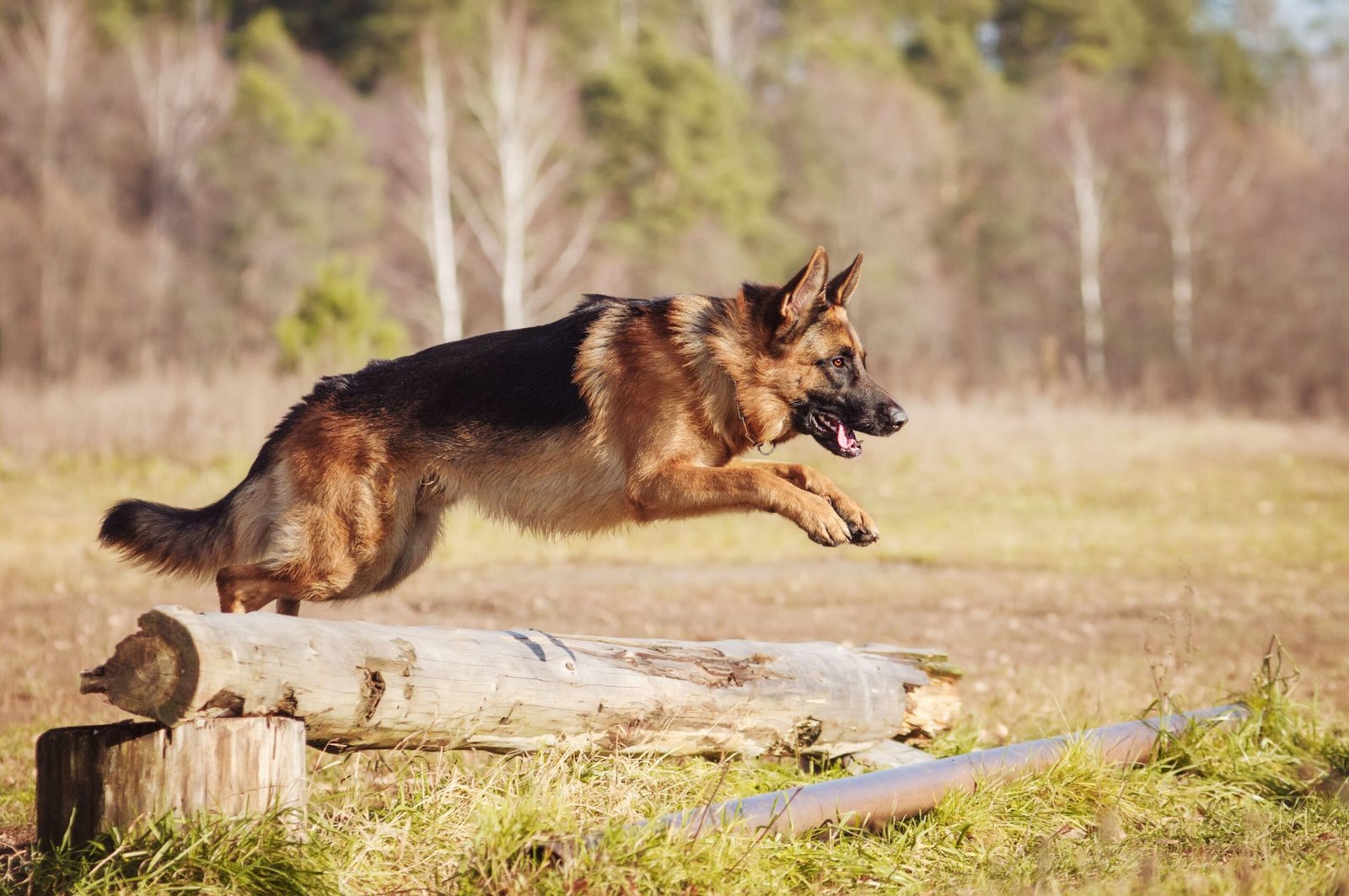
Working Breeds
From Duty to Family: How Retired Police & Military German Shepherd Find New Purpose

Part 11 of the German Shepherd Series on DogsReader
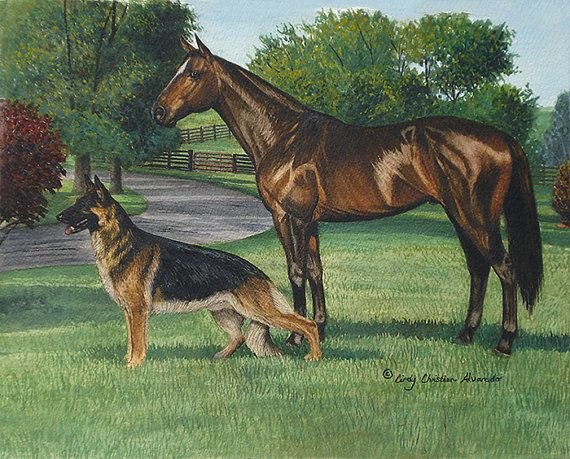
From Duty to Family: For years, they’ve served on the front lines—sniffing out explosives, tracking suspects, and saving lives. But what happens when police and military dogs retire? Unlike human veterans, these K9 heroes don’t receive pensions or automatic healthcare. Instead, their fate depends on adoption programs, compassionate handlers, and families willing to give them a second chance at life.
In this article, we’ll explore the journey of retired working dogs—from their final missions to their new roles as beloved pets, therapy companions, and even social media stars. We’ll also cover how you can adopt or support these four-legged veterans.
Subscribe to us on YouTube | Facebook | Instagram | www.dogsreader.com
1. The Life of a Working K9: A Career of Service

Police and military dogs—often German Shepherds, Belgian Malinois, Dutch Shepherds, or Labrador Retrievers—are trained for:
- Explosive & Narcotics Detection
- Search and Rescue (SAR) Missions
- Patrol & Apprehension Work
- Combat Support in Military Operations
These dogs endure rigorous training and high-stress environments, forming unbreakable bonds with their handlers. But just like human officers or soldiers, they eventually age out of service—usually between 6-10 years old due to physical wear or declining performance.
2. The Retirement Dilemma: What Happens Next?
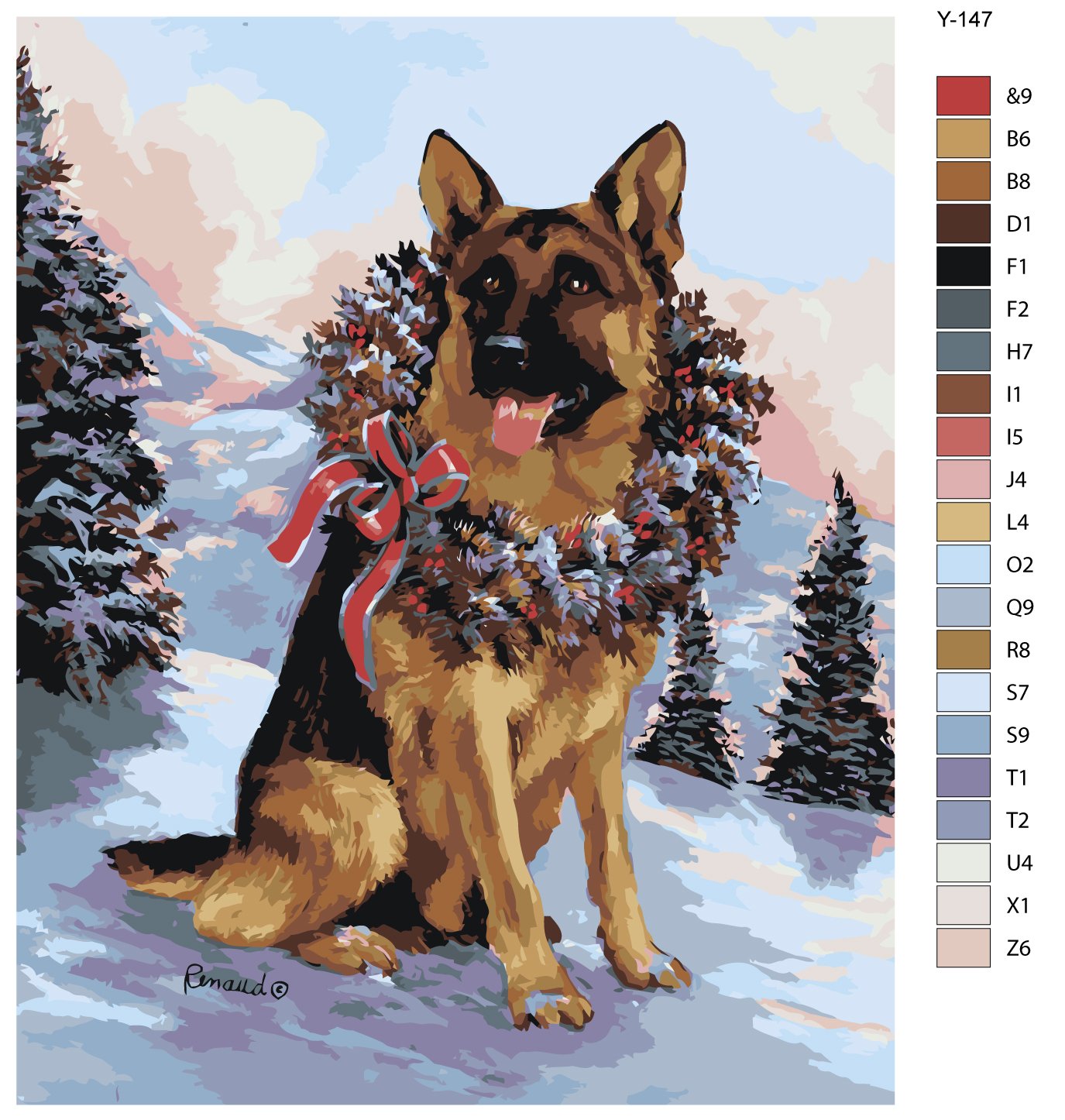
Unlike in movies, not all retired K9s stay with their handlers. While some are lucky enough to be adopted by their human partners, others face uncertain futures due to:
- Lack of Retirement Policies (Some agencies still euthanize or abandon them.)
- Medical Issues (Hip dysplasia, arthritis, PTSD-like anxiety.)
- Behavioral Challenges (High drive, difficulty adjusting to civilian life.)
From Duty to Family: Thankfully, organizations like Mission K9 Rescue, Save a Vet’s K9, and The United States War Dogs Association are stepping in to ensure these heroes get the retirement they deserve.
3. Adopting a Retired K9: What You Need to Know
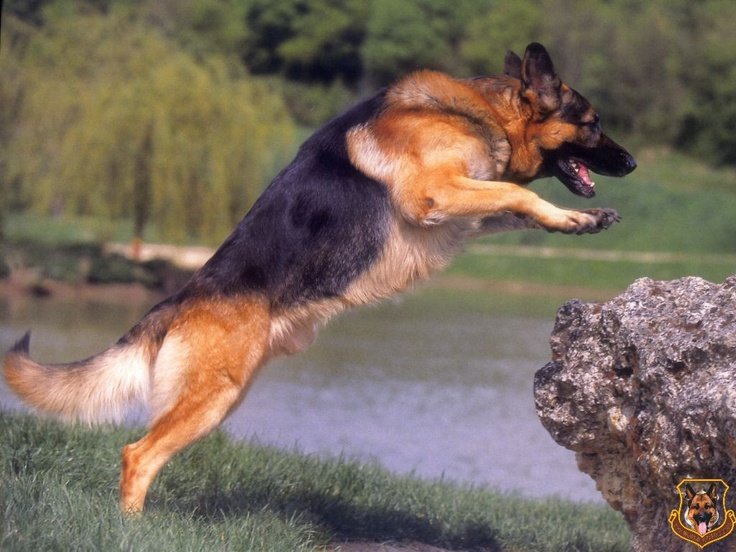
The Adoption Process
- Many retired K9s are available through official military/police adoption programs or nonprofits.
- Some require special applications due to the dog’s training and temperament.
- Adoption fees typically range from 0−500, covering medical checks.
Adjusting to Home Life
- They may still “work” (alerting to scents, patrolling the house).
- Structured routines help—these dogs thrive on consistency.
- Older dogs need joint care (glucosamine supplements, orthopedic beds).
Success Stories
- “Kaiser” – A retired Marine Corps bomb-sniffing dog now helps kids with anxiety.
- “Rex” – A former police K9 turned Instagram star (@RexTheRetiredK9).
4. How You Can Help Retired K9s

Even if you can’t adopt, you can still support these heroes by:
Donating to K9 retirement nonprofits.
Volunteering as a foster home.
Advocating for laws that protect retired working dogs.
Closing Statement

From Duty to Family: Retired police and military dogs don’t stop being heroes—they just shift missions. Whether as loyal pets, therapy animals, or ambassadors for working dogs everywhere, they prove that every K9 deserves love after service.
Up Next in This Series:
“Paws of Honor: How Adopted Military Dogs Help Veterans Heal” (A deep dive into the bond between retired K9s and former soldiers.)
FAQs About Adopting Retired Police & Military Dogs
1. Can anyone adopt a retired K9?
Not always. Many organizations prioritize:
- Former handlers (if the dog has a strong bond).
- Experienced dog owners (due to specialized training needs).
- Homes without small children (some retired K9s have high prey drives).
2. Do retired K9s make good family pets?

Yes, but they require:
- Structure & routine (they’re used to disciplined environments).
- Patience (may take months to adjust to “civilian life”).
- Ongoing training (to redirect their “work” instincts).
3. Are retired police/military dogs aggressive?
Rarely. They’re trained for controlled aggression (e.g., biting on command). Post-retirement, most adapt well—but they may still:
- Bark at strangers approaching the house.
- “Alert” to scents (like explosives, even in harmless objects).
4. What health issues do retired K9s face?
Common problems include:
- Hip/joint dysplasia (from years of physical strain).
- PTSD-like anxiety (loud noises, sudden movements).
- Dental issues (from biting sleeves during training).
5. How can I adopt a retired K9?
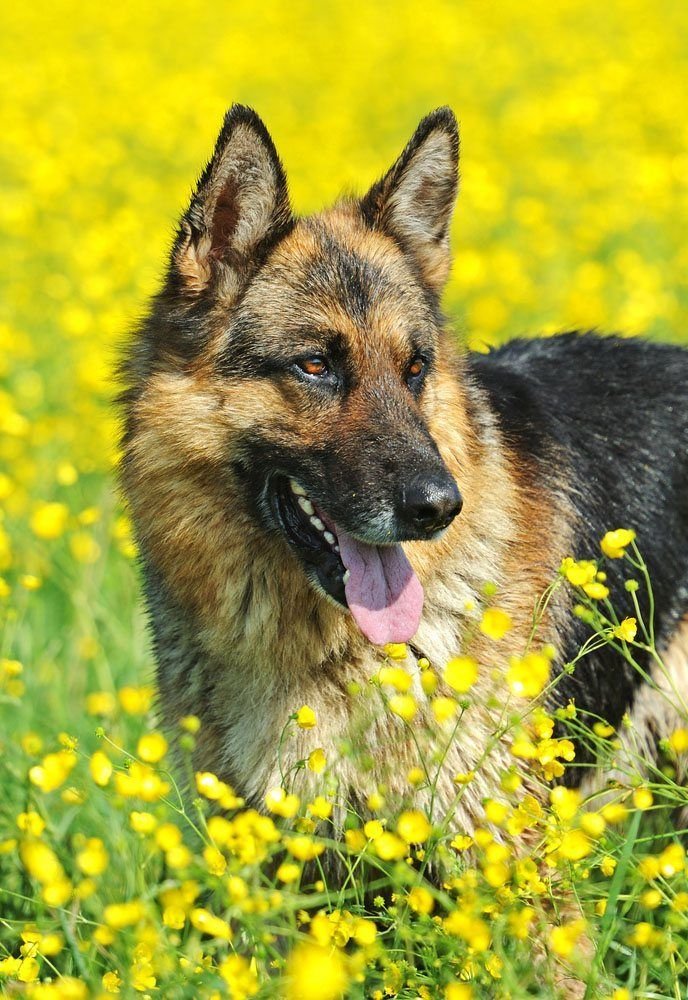
- U.S. Programs: Mission K9 Rescue, Save a Vet’s K9.
- Military Dogs: Apply via DoD Military Working Dog Adoption.
- Police Dogs: Contact local departments (some allow public adoptions).
6. Can retired K9s be retrained as therapy dogs?
Absolutely! Many excel in:
- Veteran PTSD support.
- Hospital/hospice visits (if they’re sociable).
- School reading programs (calm dogs only).
7. How much does adoption cost?
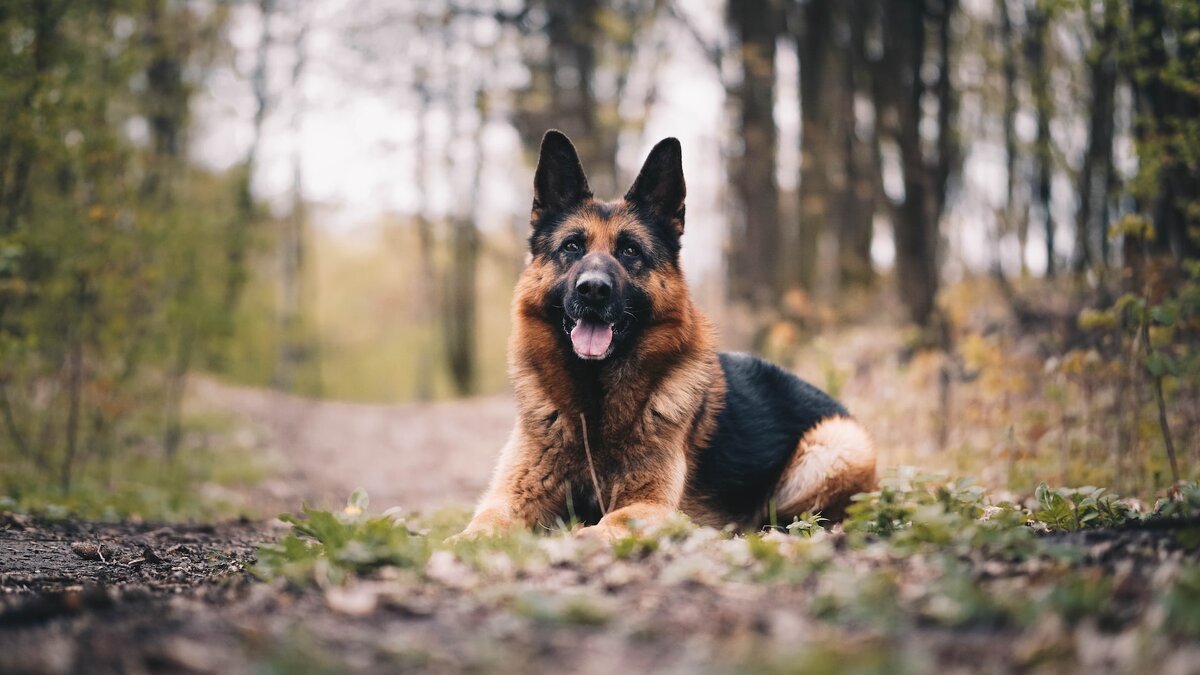
$ 500, depending on the program. Fees often cover:
-
- Spay/neuter.
- Vaccinations.
- Microchipping.
-

 SMALL DOG BREEDS5 months ago
SMALL DOG BREEDS5 months agoMerle Chihuahua: A Comprehensive Guide
-

 SMALL DOG BREEDS5 months ago
SMALL DOG BREEDS5 months agoMaltese: A Beloved Companion
-

 Large Breeds4 months ago
Large Breeds4 months agoSamoyeds Hypoallergenic: Closer Look at the Breed
-

 SMALL DOG BREEDS5 months ago
SMALL DOG BREEDS5 months agoMerle Pomeranian: A Adorable Companion
-

 Large Breeds4 months ago
Large Breeds4 months agoStandard Poodle Weight: Country Wise
-

 MEDIUM BREEDS4 months ago
MEDIUM BREEDS4 months agoAmerican Water Spaniel Colors Chocolate In Crcols:
-

 SMALL DOG BREEDS5 months ago
SMALL DOG BREEDS5 months agoYorkshire Terrier: a Big Personality
-

 Terrier Breeds3 months ago
Terrier Breeds3 months agoDog Breeds: by Country & Category





